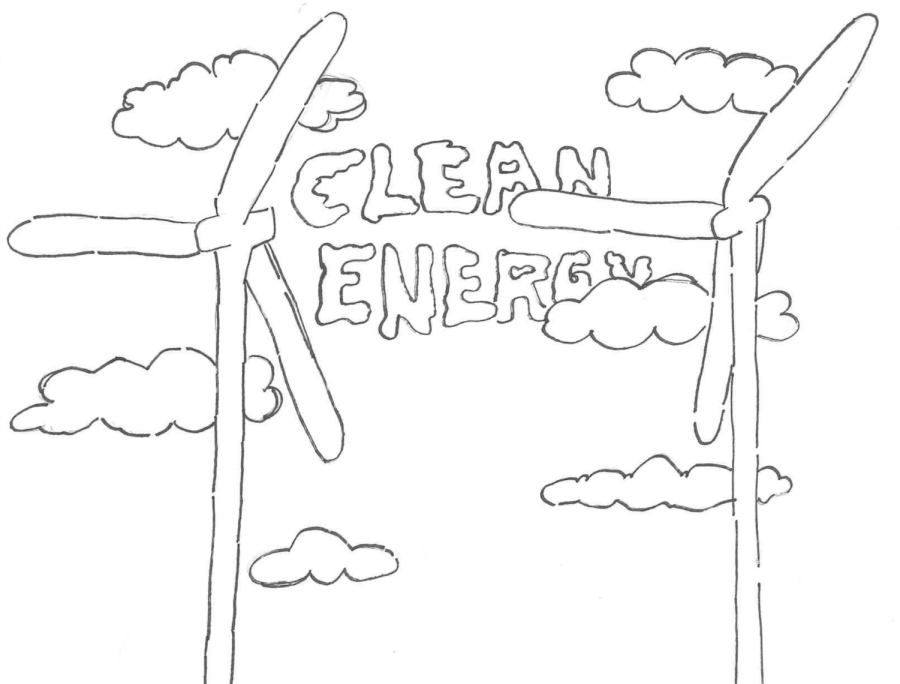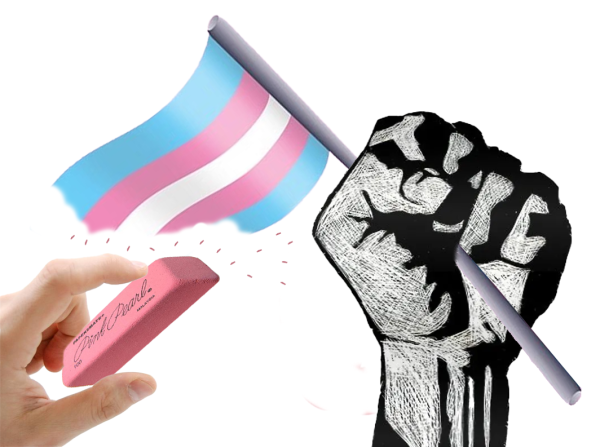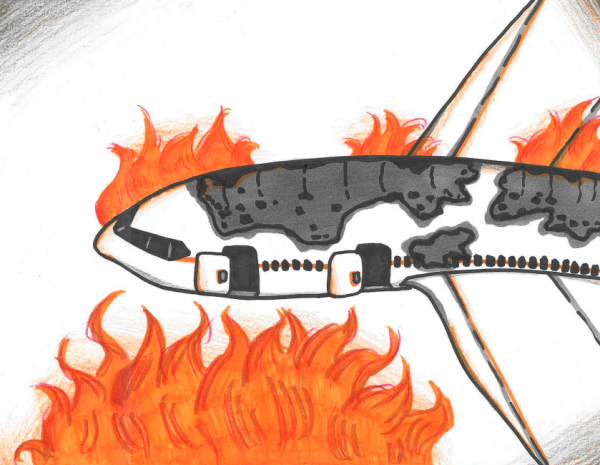MN passes energy bill into law
After a big push at the legislature, Minnesota is bringing clean and efficient energy forward.
What do you believe your carbon footprint is? In other words, how many tons of greenhouse gasses do you release into the environment each day? One ton? Five? Actually, the average Minnesotan emits roughly 16 tons of carbon dioxide every single day.
In recent years, the concept of going carbon-neutral or carbon-free has gained popularity beyond the usual environmentalist, reaching the masses. To live carbon-free means to refrain from using any fossil fuels or emitting carbon dioxide by means of clean energy. For example, an individual is carbon-free if the energy used in their daily life, transportation, heating/AC and electricity is alternatively sourced rather than reliant on fossil fuels. A state is carbon-free if its electricity is generated from clean energy sources like wind, solar, hydro, and nuclear power. Numerous countries across the globe, and 21 states within the U.S., have established clean energy standards to commit to in order to preserve our environment and future.
On Feb. 7, Governor Tim Walz of Minnesota signed into law new legislation requiring that the state must have 100 percent carbon-free electricity by 2040. Following its introduction in the Minnesota House of Representatives, the bill was passed and sent to the Minnesota Senate for amendment, rejection or approval. After several hours of debate, the Senate passed House File 7 into law.
In practice, this law, Senate File 4, will require utilities doing business in the state to use entirely carbon-free sources for electricity production, increasing the need for solar, wind, biomass, hydrogen, nuclear and hydroelectric power and moving away from coal, oil and natural gas. Over the next 17 years, public utilities and private energy companies must meet certain timestamps and mandated emissions standards.
Minnesota Representative Sandra Feist, who represents several cities within Anoka, Hennepin and Ramsey counties, including Columbia Heights, was at the forefront of introducing this piece of legislation. Rep. Feist was a co-author of this bill and believes Minnesota will indeed reach a state of 100% carbon-free electricity.
“Historically, we’ve been overperforming our target goals around renewable energy,” Fiest said. “Hopefully, that trend will continue!”
Like many other states, Minnesota has set and met emission standards to help limit the amount of carbon dioxide in the atmosphere in the past. In 2007, the state established the goal of reducing overall statewide greenhouse emissions to at least 15% below 2005 levels by 2015, 30% by 2025 and 80% by 2050. In fact, emissions dropped by 23% by 2015, and state regulators report that Minnesota is on track to achieve a 30% drop in the next two years.
Ordinary Minnesotans can expect to see increased investment in eligible energy technologies (solar, wind, etc.) to meet the demands of electric utilities who are aiming to satisfy the law’s mandate. This means a possible increase in energy prices for consumers. Some Republican lawmakers, such as Representatives Paul Torkelson and Matt Bliss, have dubbed the new standard as the “blackout bill” during the House Floor debate, as they believe this law will pose challenges to the state’s power grid.
“There’s an unfortunate partisan divide when it comes to clean energy and combating climate change,” Feist said. “I feel that it’s more instinctual than specific to this particular legislation. The Republicans definitely feel passionate in their opposition to this bill.”
Much of the scientific community, though, seem to think the democrat-led bill was right to be adopted by the legislature at large as well as Governor Walz.
“We need to transition to carbon-free energy as fast as we can to prevent as much damage from climate change because we’ll run out of coal and oil,” Columbia Heights High School Biology and Botany teacher Mr. Zach Johnson said. Johnson believes reaching a point of 100% clean energy is doable and that there’s “a decent chance that they’re going to get it done before that.”
Currently, there are no states in America, but three countries elsewhere in the world that are carbon negative: Bhutan, Panama and Suriname. Comoros, Gabon, Madagascar, Guyana and Niue are close behind with carbon-neutral economies — neither of which are feats likely to be achievable in the U.S. anytime soon, but is more feasible at the state level.
Setting a state-wide goal of going 100% carbon-free sounds lofty and somewhat unreachable to some, and in most cases, it is. On a large-scale, the unfortunate reality is that major corporations and industries are more complicit than any one individual, or even an entire community of individuals, when it comes to protecting the environment. Often, solutions to tackle climate change revolve around the consumer — switch to LEDs, bike to work, install solar panels, “go green!”, etc. And although these are excellent choices to make, many Americans just don’t have the ability to do so at enough of a rate to really move the needle on climate change. This is unlike large businesses and conglomerates, who easily could choose to find alternative methods and processes to make their products, but instead choose profits over the environment. Rather than change their ways, businesses turn around and expect consumers to live sustainably.
While countless activist groups fight to hold major corporations accountable for the damage they have caused and are causing to the environment, everyday citizens that want to lead by example will continue to do their part.







